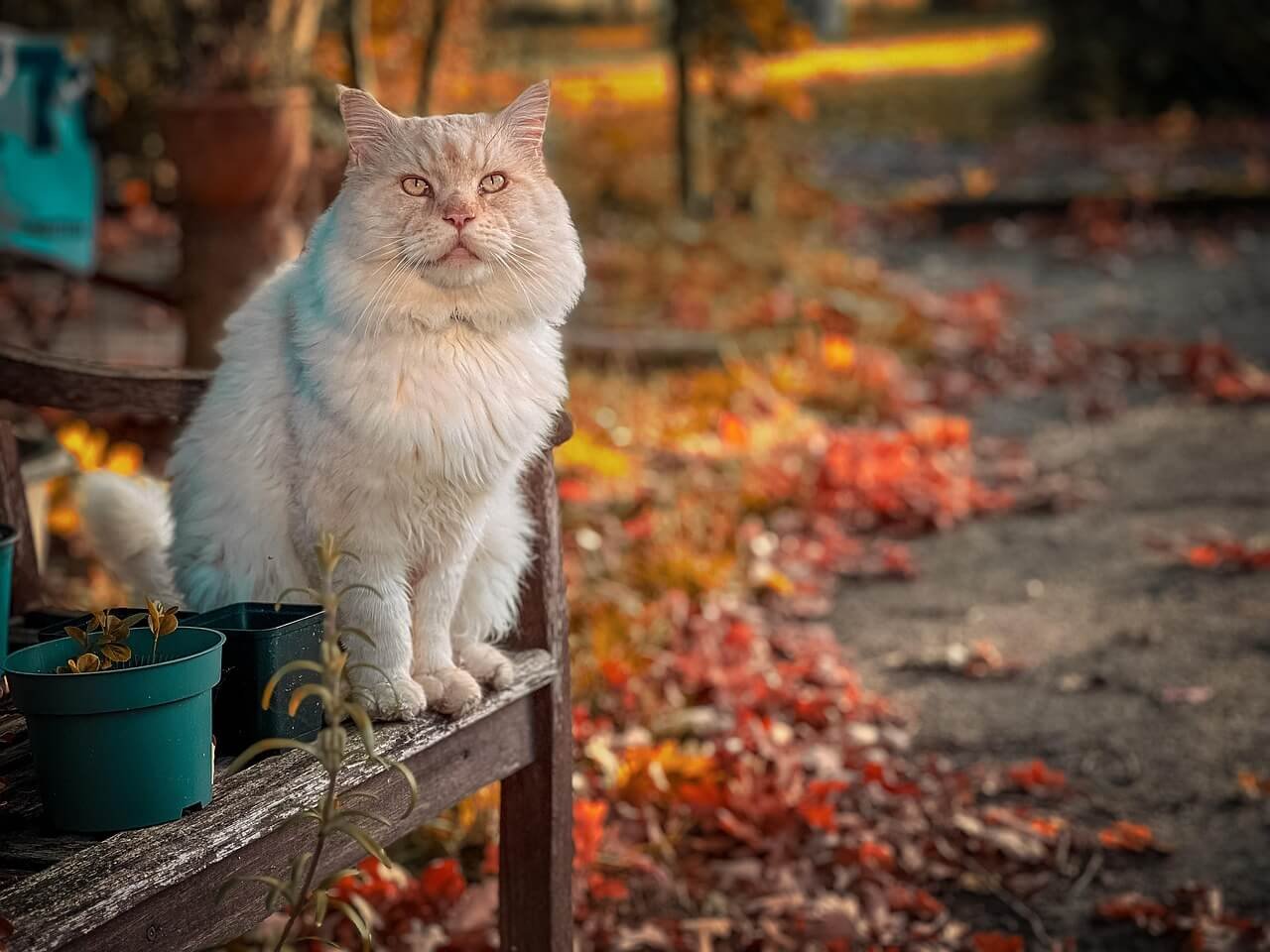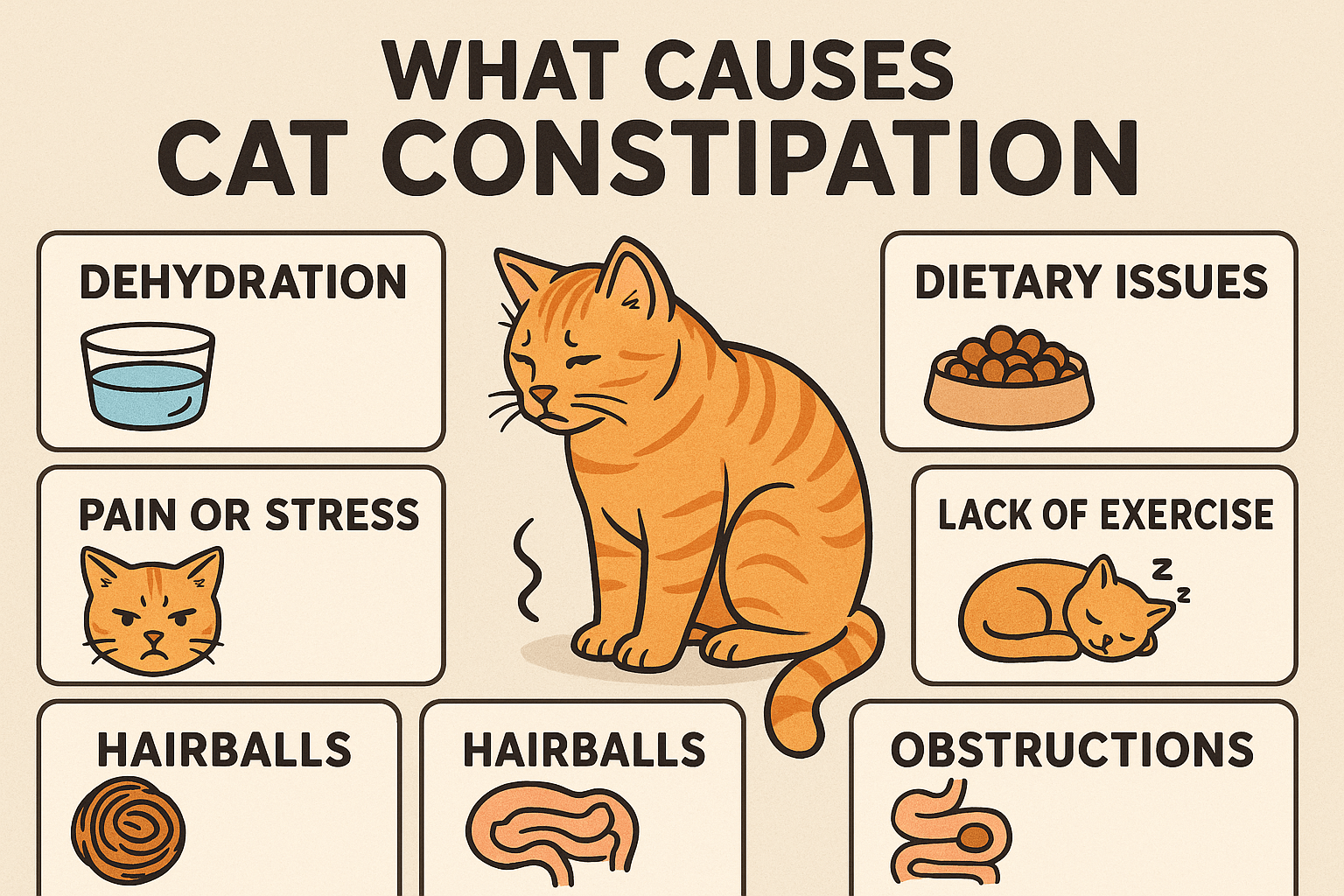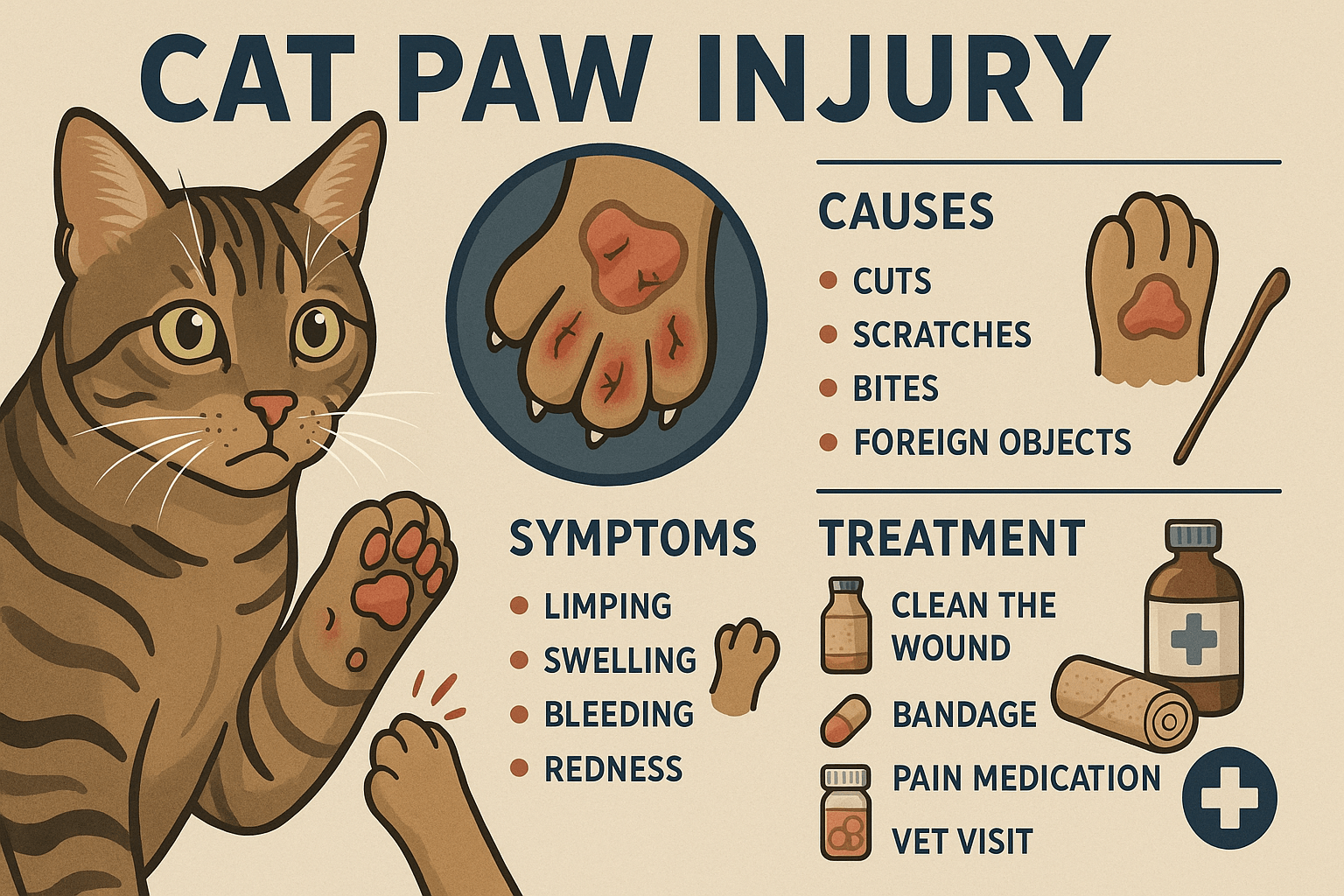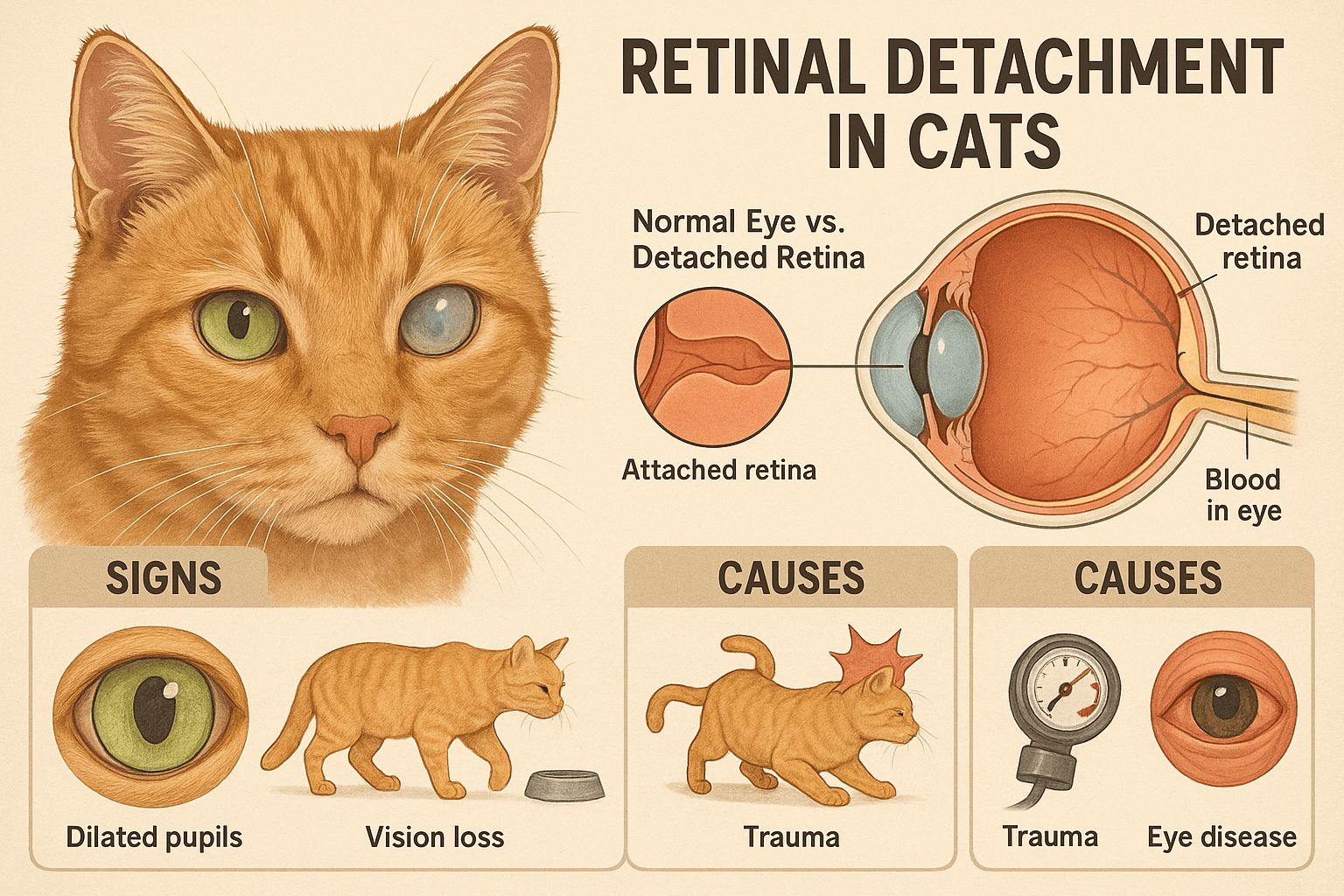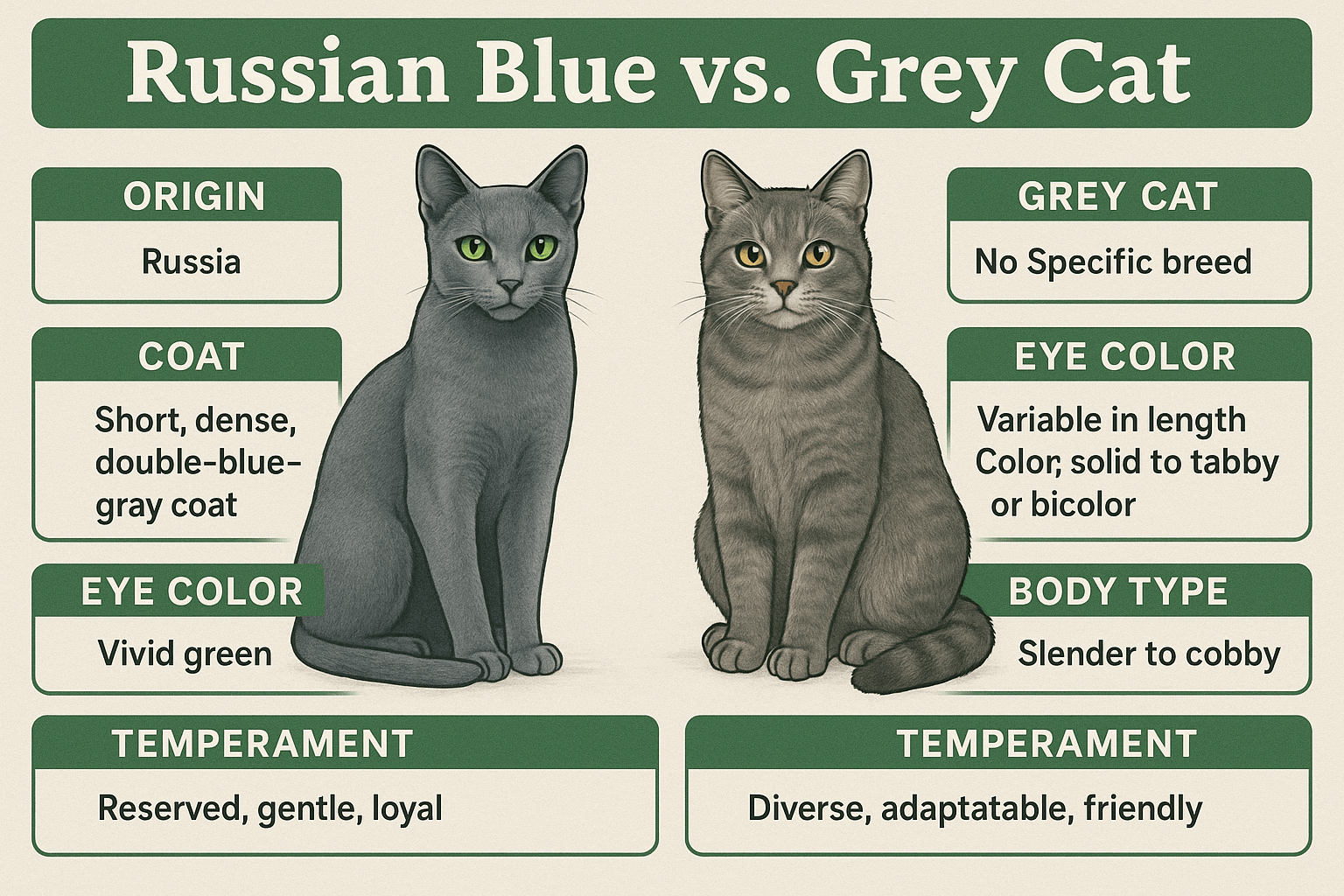Understanding Your Cats Love Language: How Cats Show Affection
Cats are often misunderstood as aloof or independent creatures, but the truth is that they have their own unique ways of expressing love and affection. Just like humans, cats communicate their feelings through specific behaviors that can be interpreted as their “love language.” Whether it’s a gentle headbutt, a soft purr, or a playful swat, understanding your cat’s love language can deepen your bond and help you build a stronger relationship. In this blog post, we’ll explore the different ways cats show affection, how to interpret their signals, and what you can do to nurture your connection with your feline friend. Let’s dive into the fascinating world of cat communication!
Common Ways Cats Express Their Love Language
Cats may not express love in the same way humans do, but their actions speak volumes if you know what to look for. Here are some common behaviors that reveal your cat’s love language:
Headbutting (Bunting)
When your cat rubs their head against you, they’re marking you with their scent to show ownership and affection.Purring
A cat’s purr is often a sign of contentment and trust, indicating they feel safe and loved in your presence.Kneading
The rhythmic motion of kneading with their paws is a throwback to kittenhood and signifies comfort and security.Slow Blinking
If your cat gives you a slow blink, it’s their way of saying “I love you” and showing they feel relaxed around you.Following You Around
When your cat trails you from room to room, it’s a clear sign they enjoy your company and want to be near you.
These behaviors are your cat’s way of communicating their affection. By recognizing and responding to these signs, you can strengthen your bond and make your cat feel cherished.
How to Speak Your Cat’s Love Language
Understanding your cat’s love language is just the first step; learning how to reciprocate is equally important. Here are some ways you can show your cat love in a way they’ll understand:
Offer Gentle Petting
Most cats enjoy being stroked on their head, chin, or behind the ears—areas they associate with comfort and pleasure.Engage in Playtime
Interactive toys and games mimic hunting behavior, satisfying their instincts and showing you care about their happiness.Provide Scratching Posts
Giving them designated scratching areas shows you respect their natural behaviors while keeping your furniture intact.Talk to Them Softly
Speaking in a calm, soothing voice reassures your cat and helps them feel safe in your presence.Respect Their Space
Allowing your cat to retreat when they need alone time demonstrates that you value their boundaries and trust.
By speaking your cat’s love language, you create an environment where they feel understood and loved. This mutual understanding fosters a deeper connection between you and your furry companion.
Check this guide 👉Decoding Sick Cat Body Language: Best 7 Health Tips!
Check this guide 👉Can Cats Learn Sign Language? Best 7 Expert Tips!
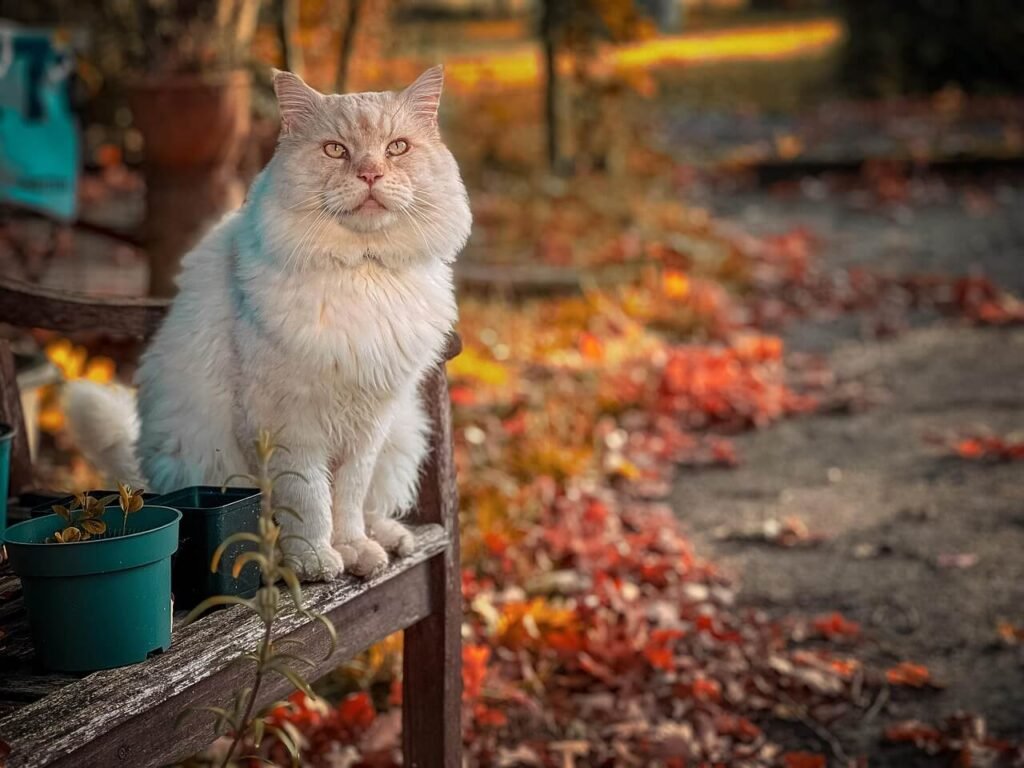
Signs of a Cat’s Love Language | Ways to Respond to Their Love Language |
|---|---|
Headbutting | Gently pet their head in return |
Purring | Speak softly or sit quietly nearby |
Kneading | Provide a soft blanket or cushion |
Slow blinking | Return the slow blink to show affection |
Following you | Spend quality one-on-one time with them |
Misunderstood Behaviors That Actually Mean Love
Sometimes, cats exhibit behaviors that might seem odd or even frustrating, but they’re actually expressions of love. Here are a few examples:
Bringing You “Gifts”
If your cat brings you dead bugs or toys, they’re sharing their “hunt” with you—a sign of trust and affection.Chirping or Trilling
These high-pitched sounds are often used by mother cats to call their kittens, so hearing them means your cat sees you as family.Sleeping on Your Bed
Cats are vulnerable when they sleep, so choosing to nap near you indicates deep trust and attachment.Grooming You
Licking your hand or arm is a gesture of care and bonding, similar to how they groom other cats in their social group.Rubbing Against Your Legs
This behavior deposits their scent on you, claiming you as part of their territory and showing affection.
These seemingly quirky actions are heartfelt expressions of love. Embracing them will help you appreciate your cat’s unique personality even more.
Activities That Strengthen Your Bond with Your Cat
Building a strong relationship with your cat requires time, patience, and effort. Here are some activities that can help you connect on a deeper level:
Interactive Feeding Games
Use puzzle feeders or hide treats around the house to stimulate their hunting instincts and engage their minds.Daily Brushing Sessions
Brushing your cat not only keeps their coat healthy but also provides an opportunity for physical closeness and bonding.Create a Cozy Spot Together
Set up a comfortable space where you and your cat can relax side by side, reinforcing your connection.Teach Simple Tricks
Training your cat to perform basic tricks using positive reinforcement strengthens communication and builds trust.Observe Their Preferences
Pay attention to what makes your cat happiest, whether it’s certain toys, scents, or routines, and incorporate those into your interactions.
By incorporating these activities into your daily routine, you’ll foster a stronger emotional bond with your cat. Every small gesture counts toward creating a loving partnership.
Signs Your Cat Trusts You Completely
Trust is the foundation of any strong bond, and cats show their trust in subtle yet meaningful ways. Recognizing these signs can help you appreciate just how much your cat values your relationship. Here are some indicators that your cat trusts you deeply:
Rolling Over to Show Their Belly
When your cat exposes their vulnerable underside, it’s a sign they feel safe and secure with you.Sleeping Near You
Cats only sleep where they feel protected, so choosing to nap close to you is a clear sign of trust.Approaching You with an Upright Tail
A raised tail signals confidence and affection, showing they’re happy to see you.Allowing You to Touch Their Paws or Ears
These sensitive areas are rarely offered freely, so touching them means your cat fully trusts you.Relaxed Body Language Around You
If your cat lounges comfortably or stretches out in your presence, they’re demonstrating complete ease.
These behaviors highlight the depth of your cat’s trust in you. By respecting their boundaries and continuing to nurture this trust, you’ll strengthen your bond even further.
Fun Ways to Show Affection to Your Cat
Expressing love to your cat doesn’t have to be limited to petting or talking softly. There are plenty of creative and fun ways to show your affection that your cat will adore. Here are some ideas to try:
Offer Special Treats
Give your cat their favorite snack as a token of love, but ensure it’s healthy and given in moderation.Play Their Favorite Games
Engage in activities they enjoy, such as chasing feather wands or laser pointers, to make them feel valued.Create a Safe Haven
Designate a cozy corner with their bed, toys, and blankets to show you care about their comfort.Use Positive Reinforcement
Reward good behavior with praise, treats, or gentle pets to reinforce your bond.Surprise Them with New Toys
Introducing new toys periodically keeps their environment exciting and shows you’re attentive to their needs.
By incorporating these playful gestures into your routine, you’ll not only express your love but also keep your cat entertained and happy. Small efforts go a long way in making your cat feel cherished.
Common Mistakes That May Hinder Your Bond with Your Cat
While building a strong connection with your cat is rewarding, certain mistakes can unintentionally harm your relationship. Being aware of these pitfalls can help you avoid misunderstandings and foster a healthier bond. Here are some common errors to steer clear of:
Forcing Interaction
Pressuring your cat to cuddle or play when they’re not in the mood can lead to stress and resentment.Ignoring Their Signals
Failing to notice signs of discomfort, like flattened ears or twitching tails, can damage trust over time.Punishing Bad Behavior
Physical punishment or yelling can create fear and anxiety, weakening your bond instead of correcting the issue.Neglecting Routine Care
Skipping regular grooming, vet visits, or feeding schedules can make your cat feel neglected.Overlooking Mental Stimulation
Boredom can lead to destructive behavior, so providing enrichment is essential for maintaining harmony.
Avoiding these mistakes ensures your relationship remains positive and nurturing. By prioritizing your cat’s well-being and respecting their individuality, you’ll continue to build a loving and lasting partnership.
Frequently Asked Questions About Cat Love Languages
Do all cats show affection in the same way?
No, each cat has its own unique personality and preferences, so their love language may vary.
What does it mean if my cat doesn’t show much affection?
Some cats are naturally more reserved, but they still express love in subtle ways, such as staying close or observing you quietly.
Can I train my cat to be more affectionate?
While you can encourage affectionate behavior, it’s important to respect your cat’s individuality and boundaries.
Why does my cat bite me sometimes during petting?
Overstimulation or discomfort could be the cause. Learn to read their body language to avoid pushing them too far.
Is it normal for cats to prefer one person over others?
Yes, cats often form stronger bonds with one person based on shared experiences and mutual understanding.
Celebrating the Unique Bond You Share with Your Cat
Understanding your cat’s love language opens the door to a richer, more meaningful relationship. By recognizing their unique ways of expressing affection and responding in kind, you create a harmonious and loving environment for both of you. Remember, every cat is different, and appreciating their individual quirks and preferences is key to nurturing your bond. Whether it’s through a slow blink, a gentle purr, or a playful chase, your cat’s love is always present—it’s just expressed in their own special way. Cherish these moments, and let your shared connection continue to grow stronger with time.
What Causes Cat Constipation? Best 7 Expert Tips! Discover common causes, symptoms, and solutions for cat constipation to keep your feline healthy and comfortable.
Cat Paw Injury: Best 7 Expert Tips! Discover essential advice on identifying, treating, and preventing cat paw injuries to keep your feline friend healthy and happy.
Retinal Detachment in Cats: Best 7 Expert Tips! Learn to identify symptoms, understand causes, and explore treatment options to protect your cat’s vision effectively.
Russian Blue vs Grey Cat: Best 7 Expert Tips! Discover key differences, unique traits, and expert advice to help you choose between a Russian Blue and a generic grey cat for your perfect feline companion.

